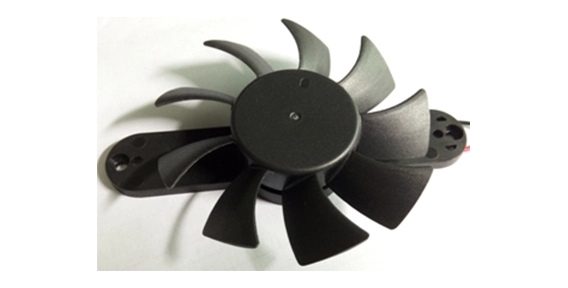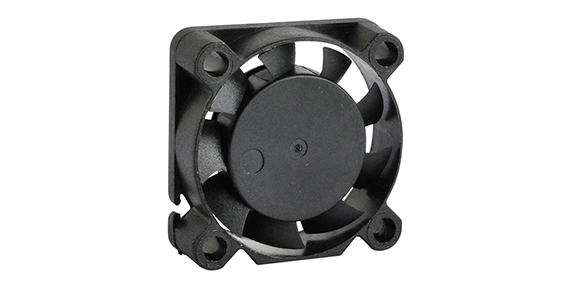In today's technological era, the need for efficient and reliable cooling systems is more crucial than ever. One such solution that has gained popularity in various industries is DC brushless fans. These fans offer a multitude of benefits, including enhanced performance and compact size. In this article, we will explore the types and specifications of DC brushless cooling fans, their advantages and disadvantages, as well as the understanding of fan curves and performance characteristics.
Types and Specifications of DC Cooling Fans
DC brushless cooling fans come in different types and sizes to meet the diverse needs of various applications. The most common types include axial fans and centrifugal fans.
Axial fans are designed to provide airflow parallel to the axis of rotation. They are commonly used in applications that require high airflow with low pressure, such as computer cooling systems. On the other hand, centrifugal fans generate airflow perpendicular to the axis of rotation and are ideal for applications that demand high pressure with low airflow, such as air conditioning units.
When choosing a DC cooling fan, it is crucial to consider specifications such as size, airflow, static pressure, noise level, and power consumption. These specifications determine the fan's performance and compatibility with the intended application.

Advantages of DC Cooling Fans
DC brushless cooling fans, as a kind of axial cooling fans, offer numerous advantages over their traditional counterparts. Firstly, they provide higher efficiency, resulting in reduced power consumption and lower operating costs. This efficiency is mainly due to the absence of brushes, which eliminates friction and mechanical wear, resulting in a longer service life.
Furthermore, DC brushless cooling fans are known for their compact size, making them suitable for space-constrained applications. Their compactness allows for easy integration into various electronic devices without compromising on performance.

Understanding Fan Curves and Performance Characteristics of DC Cooling Fans
To maximize the performance of DC brushless cooling fans, it is essential to understand the fan curves and performance characteristics. Fan curves represent the relationship between airflow, static pressure, and the operating point of the fan.
The performance of a DC brushless cooling fan is typically measured by parameters such as airflow (measured in cubic feet per minute or CFM), static pressure (measured in millimeters of water or mmH2O), and noise level (measured in decibels or dB). It is crucial to choose a fan that meets the specific requirements of the application, considering these performance characteristics.
In conclusion, DC brushless cooling fans, such as the ones offered by Xie Heng Da, provide a compact and efficient solution for enhancing performance in various applications. Their different types and specifications cater to diverse needs, while their advantages, such as higher efficiency and compact size, make them attractive options. Understanding fan curves and performance characteristics ensures optimal selection and utilization of these fans in specific cooling systems. Whether you need a DC fan cooler or an axial cooling fan, DC brushless fans offer the compact brilliance necessary for enhancing performance in an array of industries.

 EN
EN 
 +
+
 +
+
 +
+



